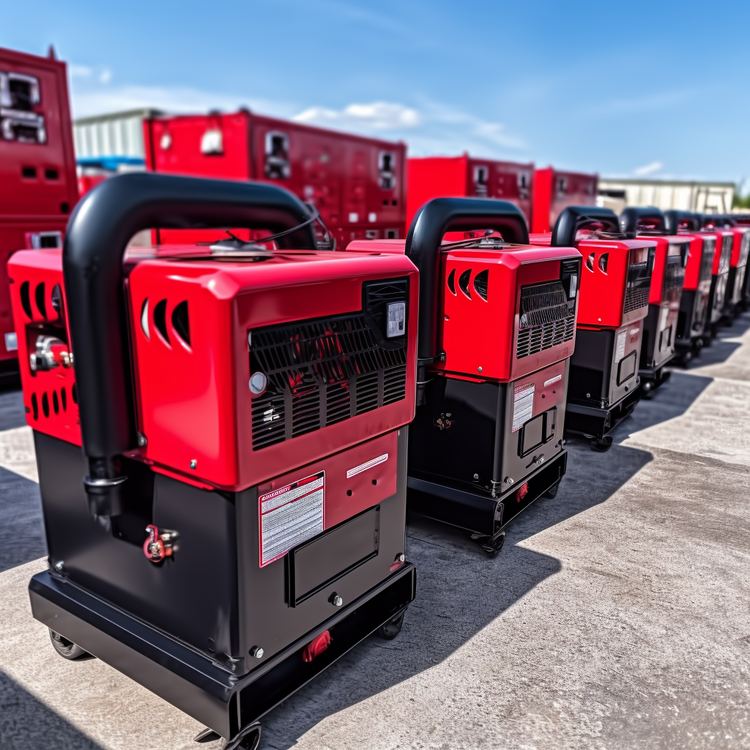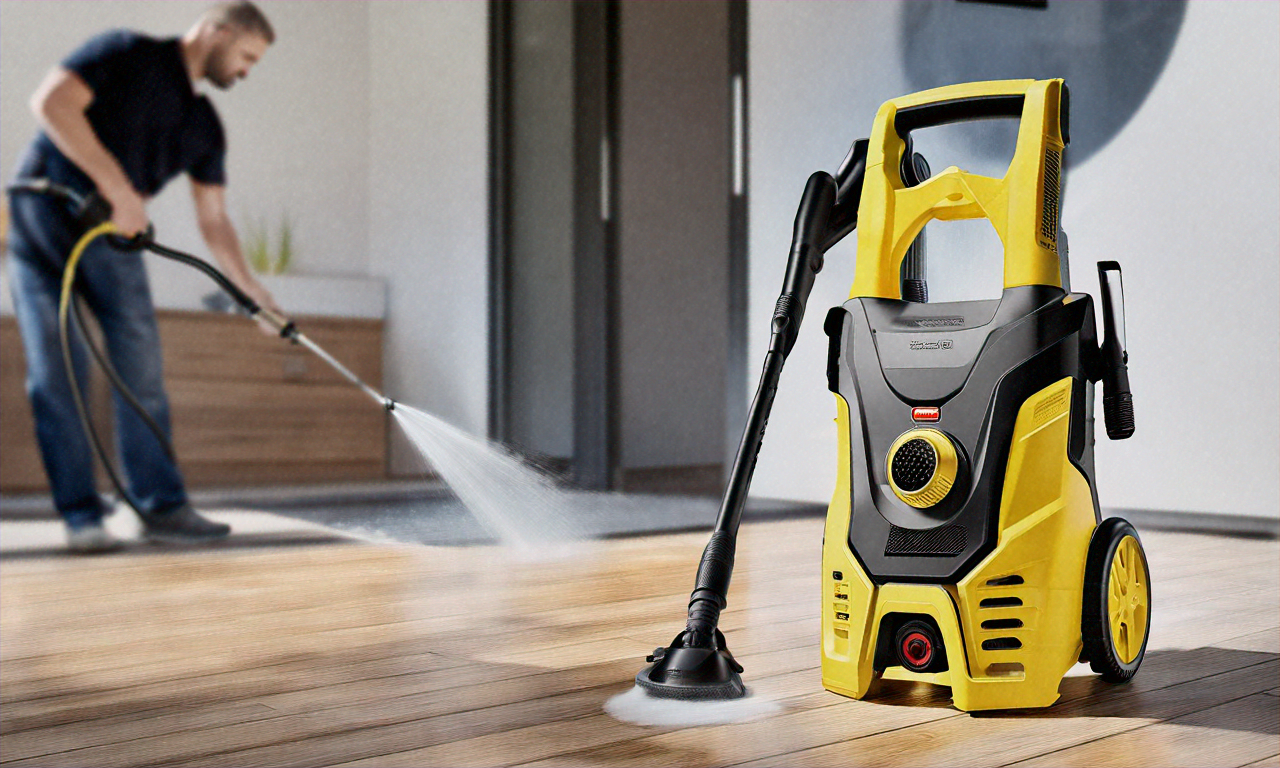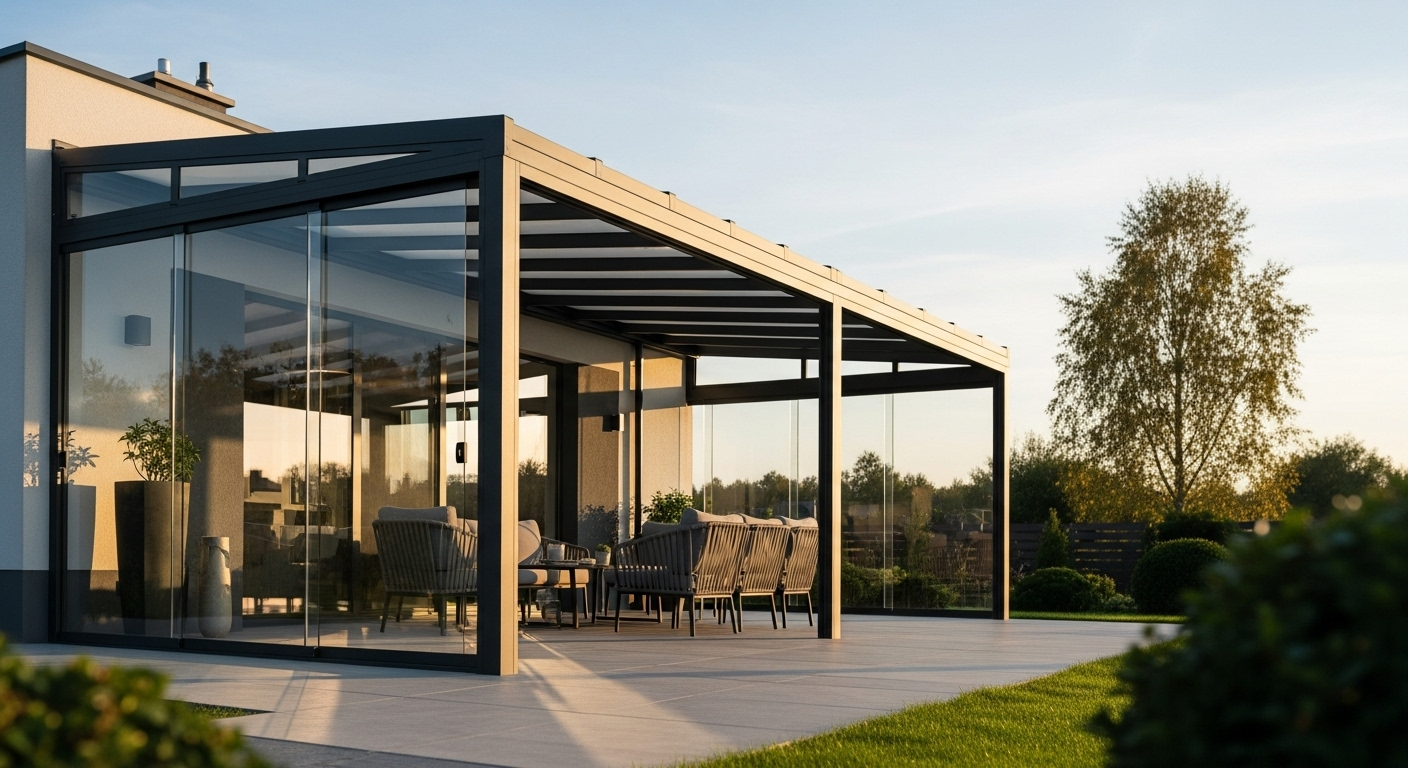Essential Backup Solutions: Home Emergency Power Systems Guide
Power outages can strike without warning, leaving homes without electricity for hours or even days. Whether caused by severe weather, grid failures, or maintenance issues, these disruptions can affect everything from refrigeration and heating to communication devices and medical equipment. Having a reliable backup power source has become increasingly important for homeowners who want to maintain comfort, safety, and functionality during electrical emergencies.

Understanding the importance of backup power becomes clear when considering the average American household experiences multiple power outages each year. Modern homes rely heavily on electrical systems for basic needs, making backup power systems an essential investment for many families. From keeping food fresh during extended outages to powering essential medical devices, these systems provide peace of mind and practical solutions for various emergency situations.
What Are Generators for Home Use?
Generators for home applications come in various sizes and configurations, designed to provide temporary or standby power during outages. These devices convert fuel sources like gasoline, propane, natural gas, or diesel into electrical energy that can power household appliances and systems. Home generators range from small portable units that can run a few essential devices to whole-house systems capable of powering entire properties. The choice depends on specific power needs, budget considerations, and installation requirements.
Understanding the Price of Generators
Generator pricing varies significantly based on power output, fuel type, and features. Portable generators typically range from $500 to $3,000, while standby generators can cost between $3,000 and $15,000 or more. Installation costs for permanent systems add another $1,500 to $5,000 depending on complexity and local requirements. Factors affecting price include wattage capacity, automatic start features, weather protection, and brand reputation. Higher-capacity units with advanced features command premium prices but offer greater convenience and reliability.
Home Generators: Types and Applications
Home generators fall into several categories, each suited for different needs and budgets. Portable generators offer flexibility and lower initial costs but require manual setup and fuel management. Standby generators provide automatic operation and seamless power transfer but involve higher upfront investment and professional installation. Inverter generators deliver clean power suitable for sensitive electronics while maintaining fuel efficiency. Solar generators represent an eco-friendly option, though they typically provide limited power output and depend on weather conditions for recharging.
Silent Generator Options for Home Use
Noise levels become crucial considerations for residential generator installations, especially in densely populated areas. Silent generators or quiet-running models use advanced muffler systems, sound enclosures, and inverter technology to minimize operational noise. These units typically produce 50-65 decibels, comparable to normal conversation levels, making them suitable for neighborhood use without disturbing residents. While quiet generators often cost more than standard models, they provide significant advantages for maintaining good neighbor relations and complying with local noise ordinances.
Saber 8.5 Kva Generator Specifications
The Saber 8.5 KVA generator represents a mid-range option suitable for powering essential home systems during outages. With 8,500 watts of power output, this unit can typically handle refrigerators, lighting, heating systems, and several other appliances simultaneously. These generators often feature electric start capabilities, multiple outlet configurations, and fuel-efficient engines designed for extended operation. Proper sizing ensures adequate power without over-investing in unnecessary capacity, making 8.5 KVA units popular choices for average-sized homes with moderate power requirements.
| Generator Type | Power Output | Price Range | Key Features |
|---|---|---|---|
| Portable Gas | 2,000-7,500W | $500-$2,500 | Manual start, multiple outlets, wheeled design |
| Standby Natural Gas | 7,500-22,000W | $3,000-$12,000 | Automatic operation, permanent installation, weather protection |
| Inverter Portable | 1,000-4,000W | $800-$3,500 | Quiet operation, clean power, fuel efficient |
| Solar Generator | 500-3,000W | $1,200-$5,000 | Eco-friendly, silent operation, rechargeable battery |
Prices, rates, or cost estimates mentioned in this article are based on the latest available information but may change over time. Independent research is advised before making financial decisions.
Selecting the right generator involves evaluating power requirements, fuel preferences, noise considerations, and budget constraints. Professional consultation helps ensure proper sizing and installation while meeting local codes and safety requirements. Regular maintenance, including oil changes, filter replacements, and periodic testing, keeps generators ready for emergency use. Investing in quality backup power solutions provides long-term value through reliable operation during critical situations when electrical power becomes unavailable.




